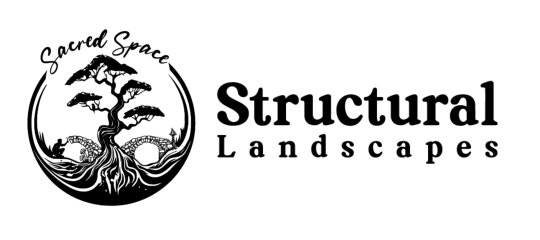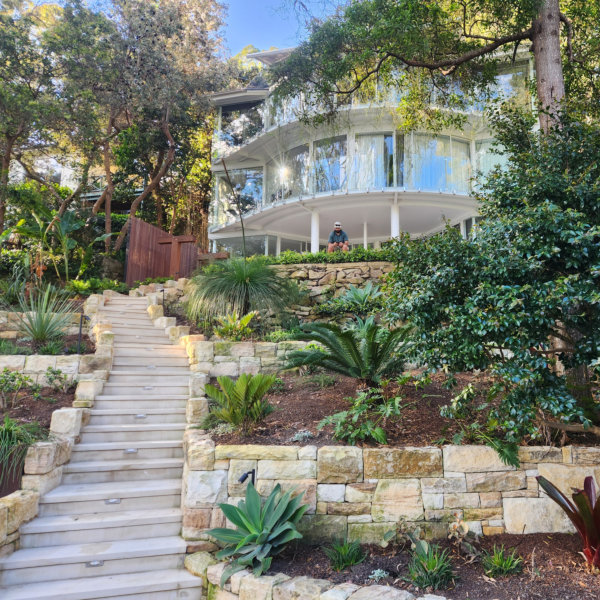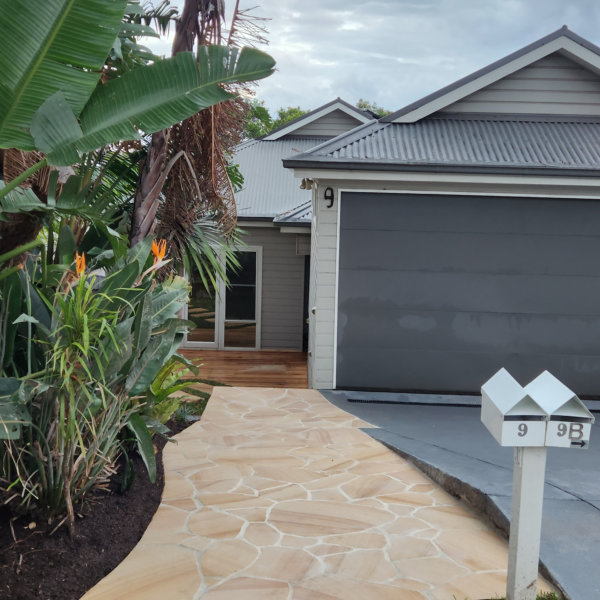Drainage and Erosion Control
Creating a stunning outdoor space is not just about aesthetics; it’s about creating an environment where nature thrives harmoniously.
One crucial aspect that often goes unnoticed but plays a pivotal role in this harmony is proper drainage and erosion control.
Drains and Channels
Ever wondered why some gardens flourish while others struggle? The answer often lies beneath the surface—literally.
Effective drainage is the unsung hero of every thriving landscape. It ensures that excess water, whether from rainfall or irrigation, is channelled away from vulnerable areas, preventing waterlogging and safeguarding the root systems of your cherished plants.
Our design philosophy revolves around the idea that a well-drained landscape is not only visually appealing but also resilient against the challenges of nature.
Erosion Control
Imagine a canvas constantly exposed to the elements, gradually losing its colours and textures. In the world of landscaping, soil erosion is the equivalent of this gradual deterioration.
Our commitment to preserving the beauty of your outdoor space goes hand in hand with implementing erosion control measures.
By strategically placing barriers, ground covers, and thoughtful landscaping techniques, we aim to prevent soil erosion, allowing your garden to retain its charm and vitality.
Balancing Act
At the heart of our designs is the belief that proper drainage and erosion control don’t have to be utilitarian eyesores—they can be seamlessly integrated into the overall aesthetic.
We strive to strike the perfect balance between visual allure and functional form.
Through creative landscaping solutions, we transform drainage features into captivating focal points, ensuring that every aspect of your outdoor space is a testament to both beauty and purpose.





